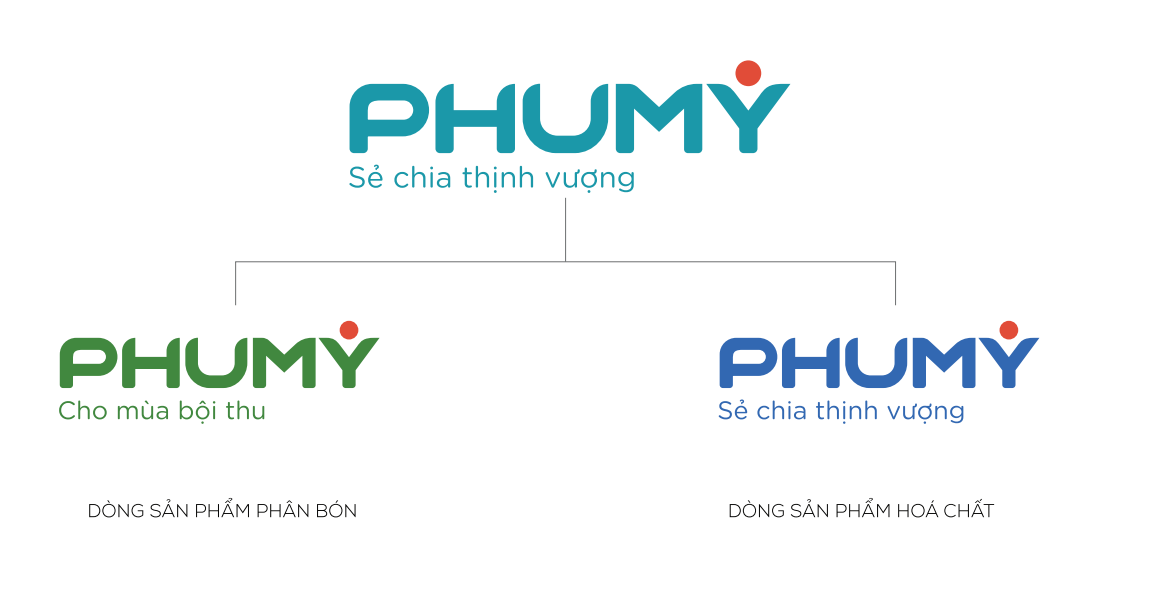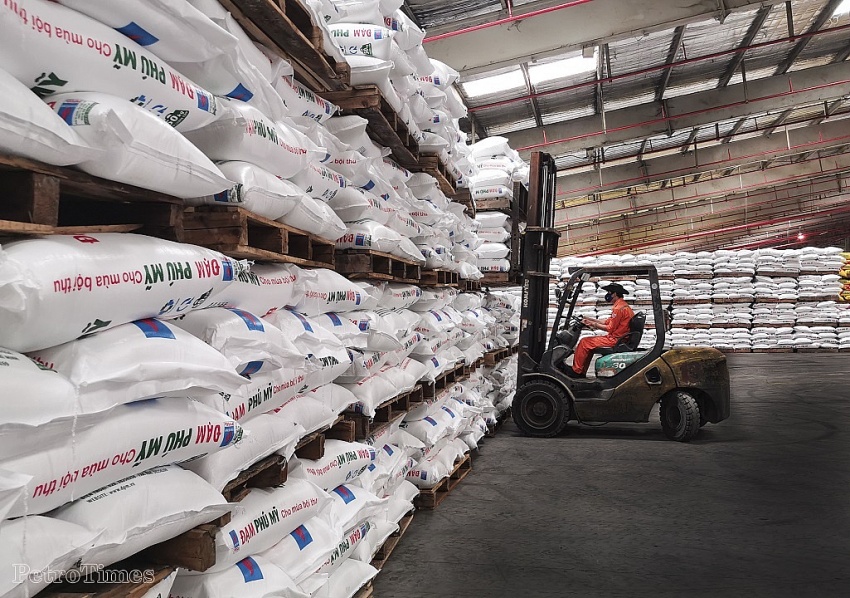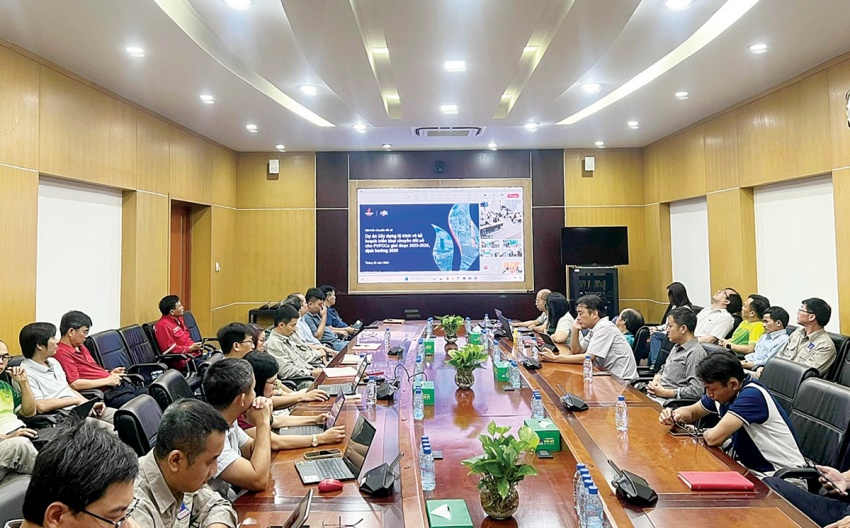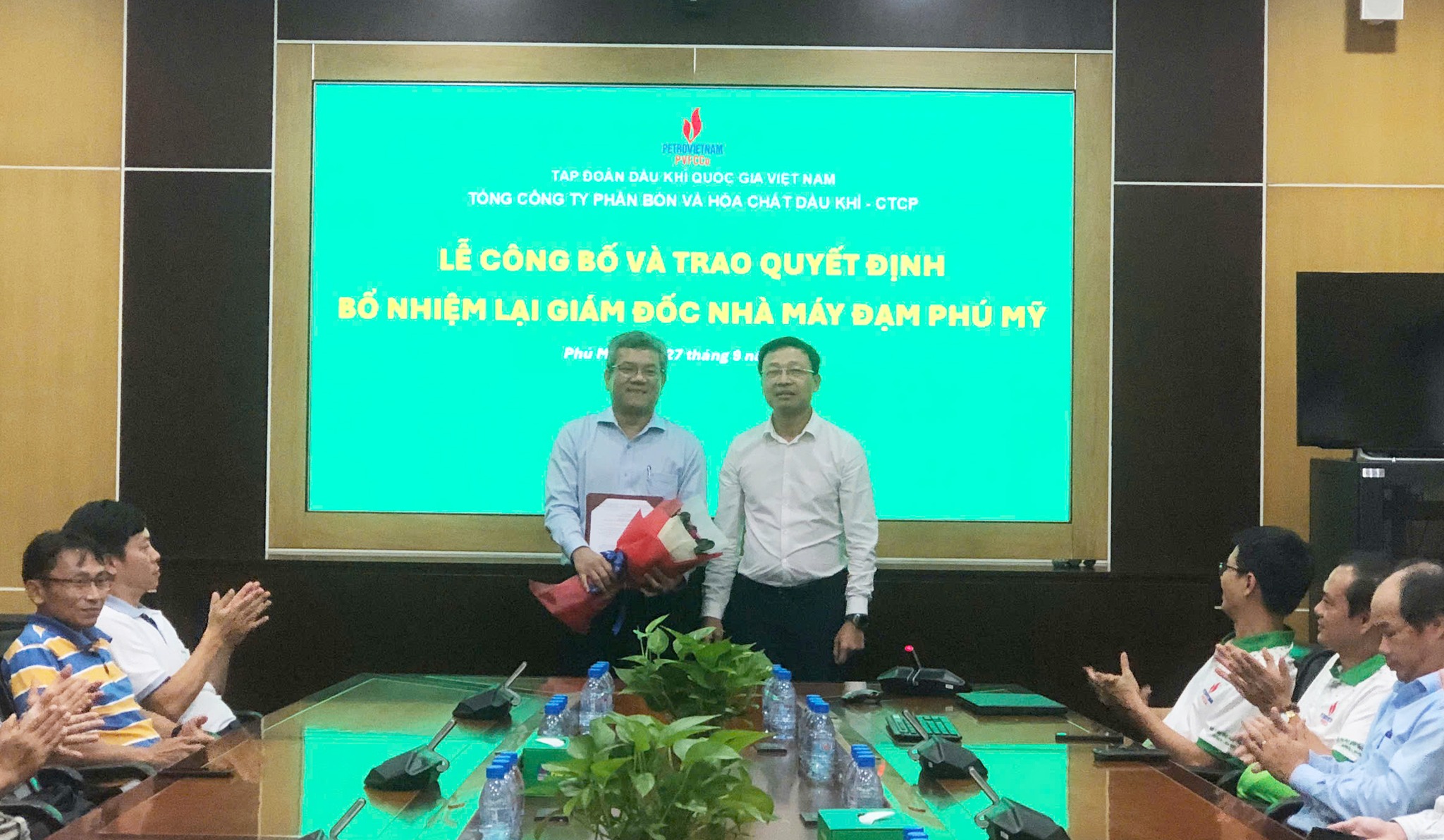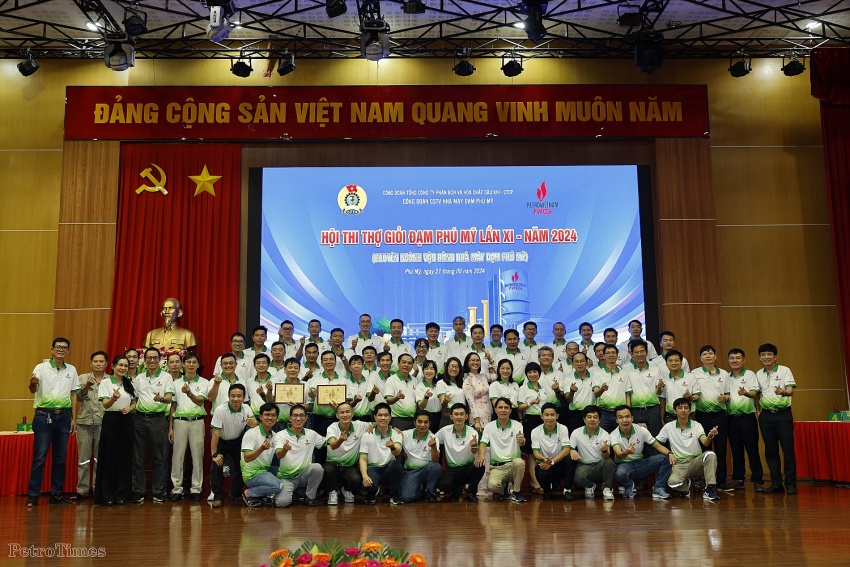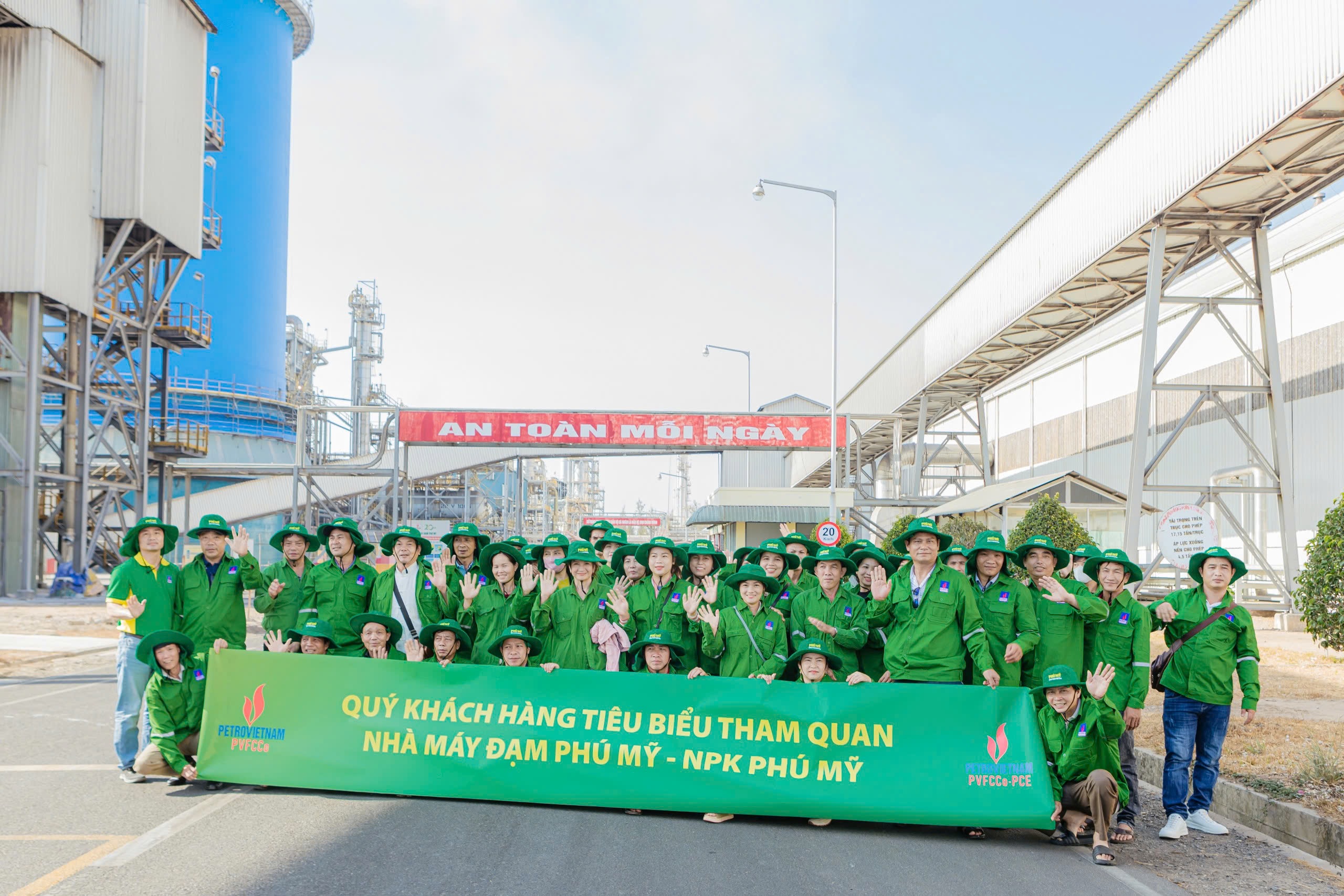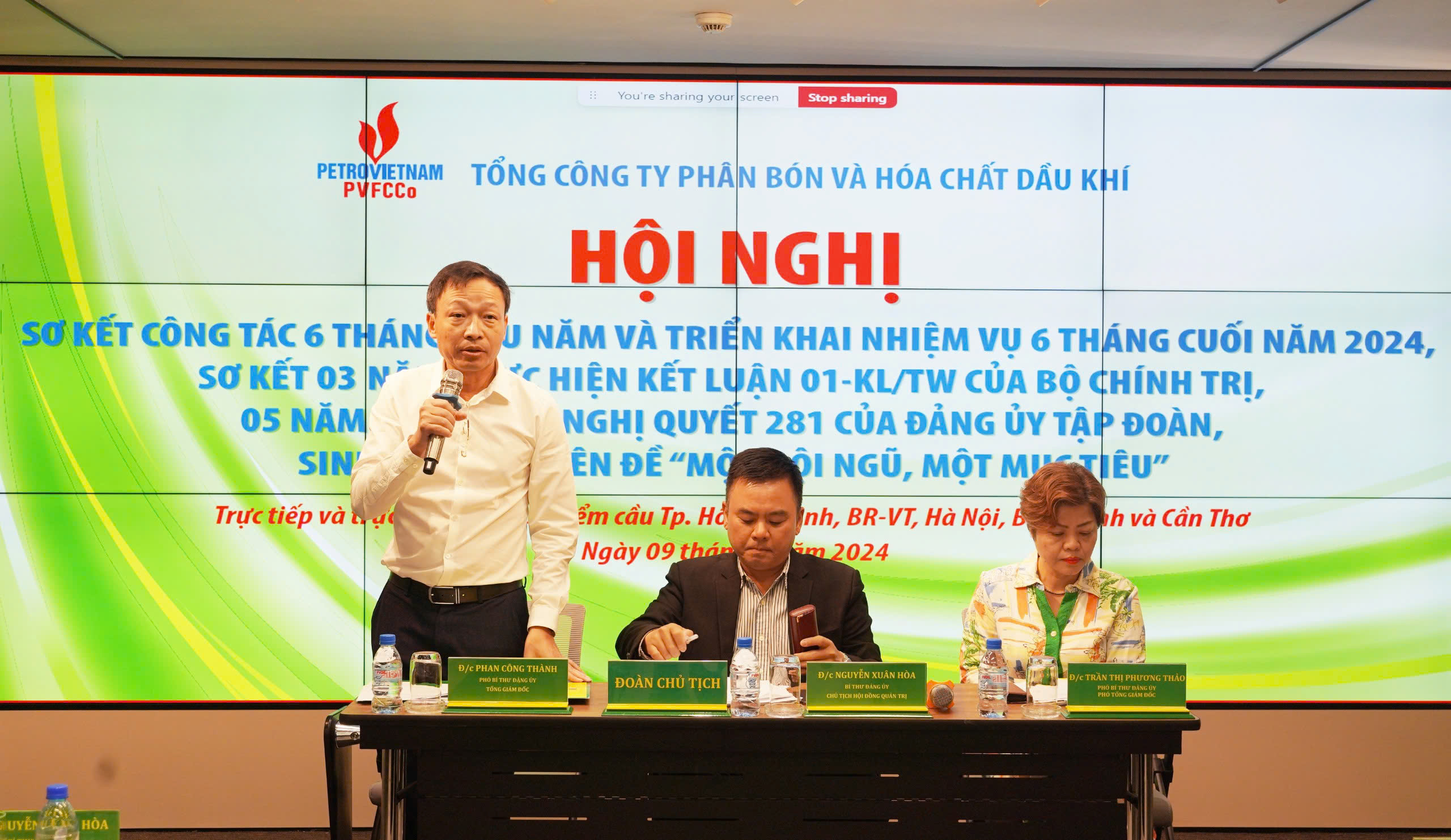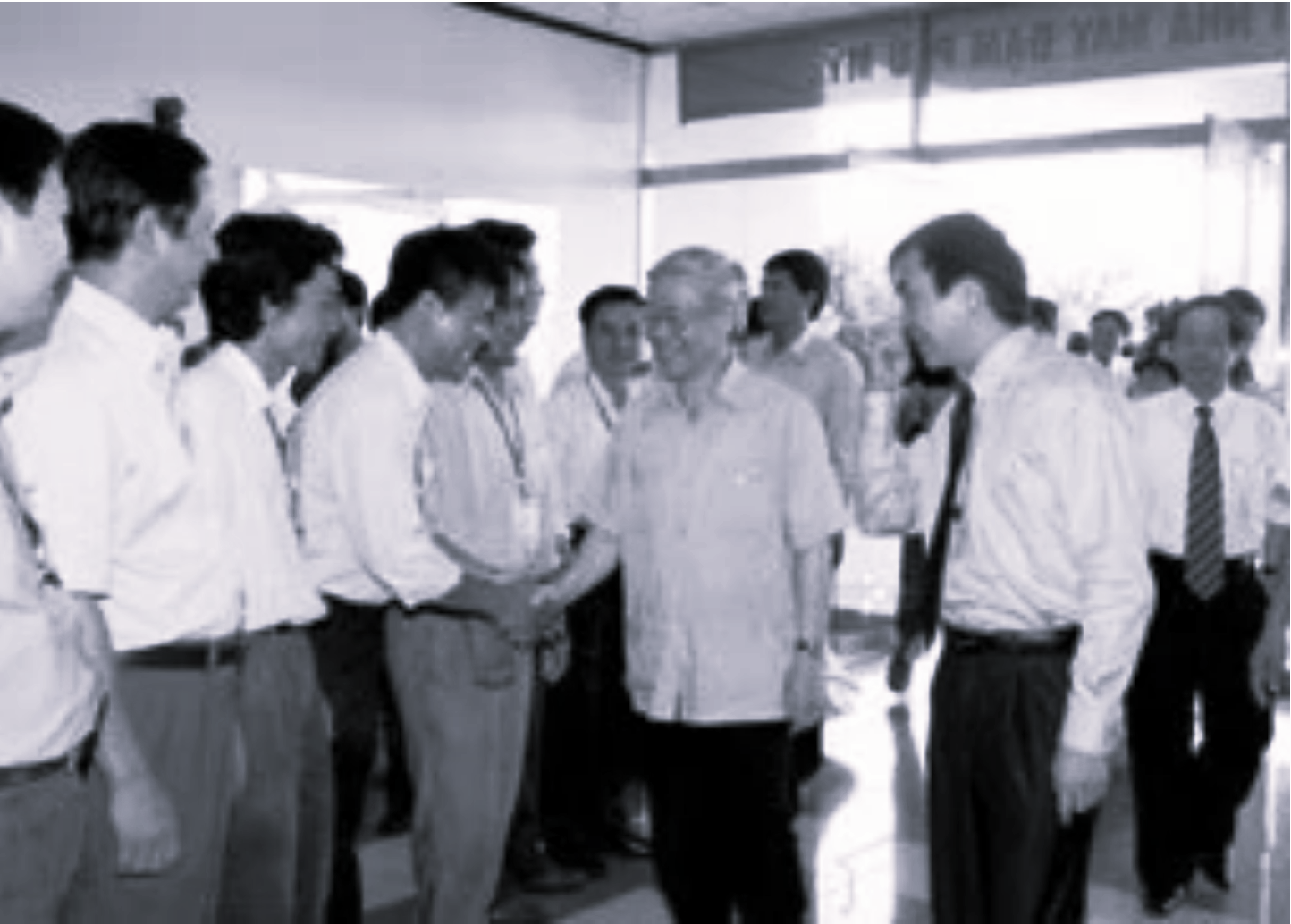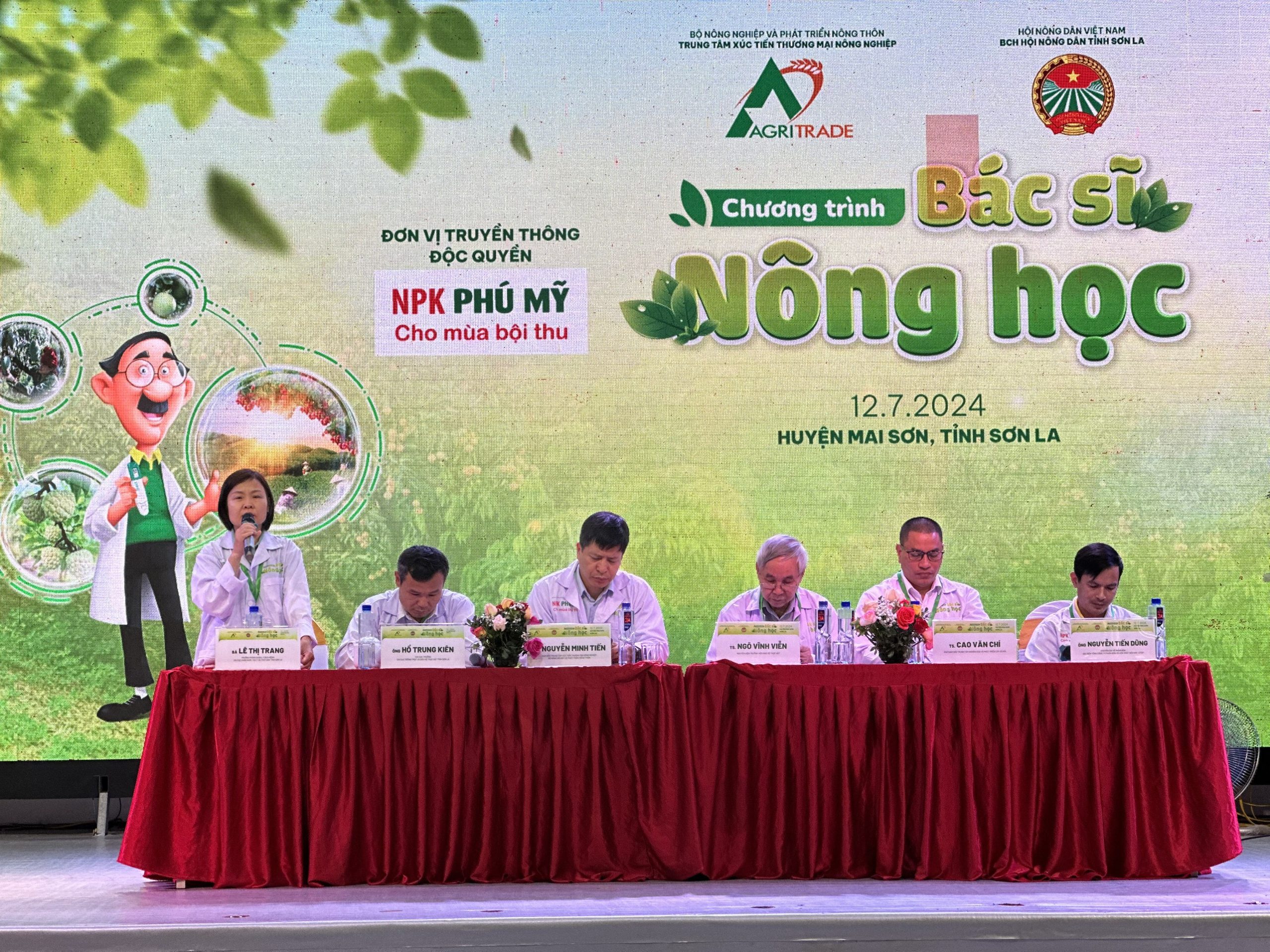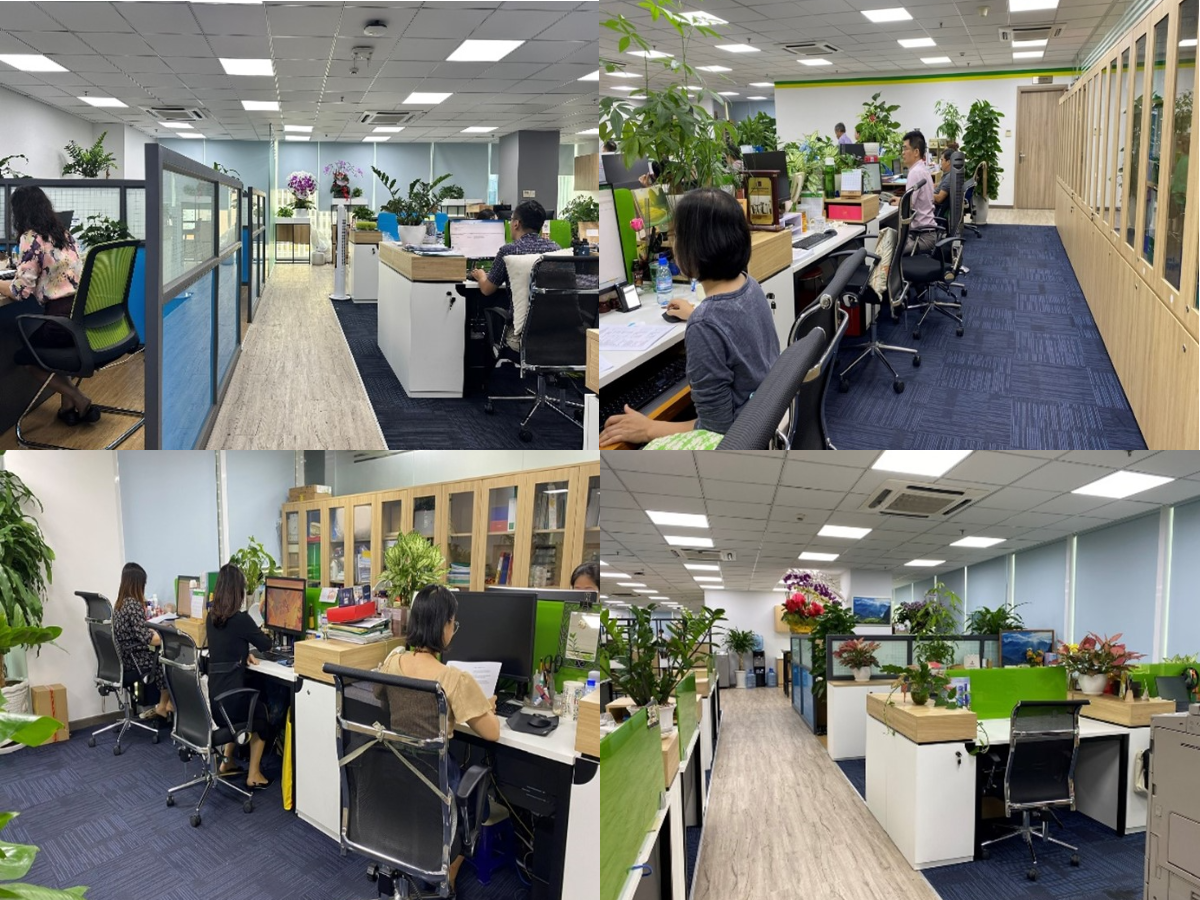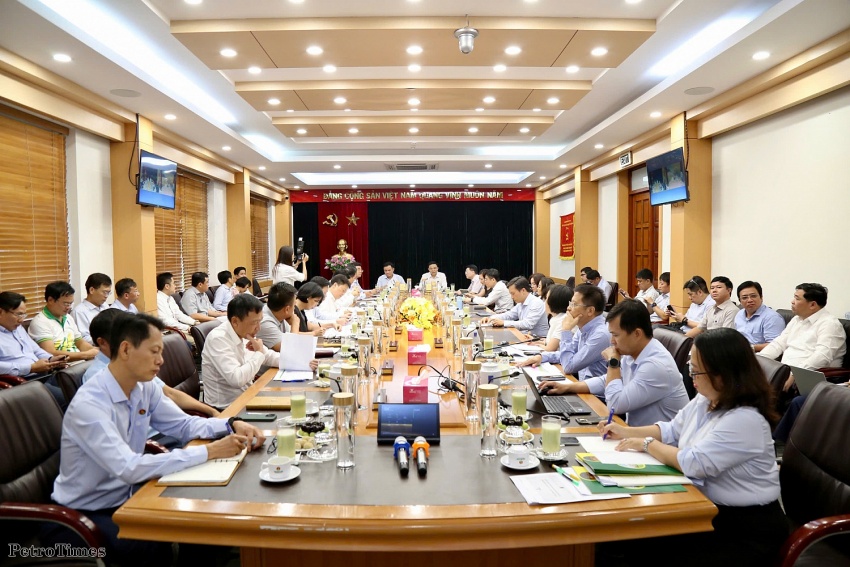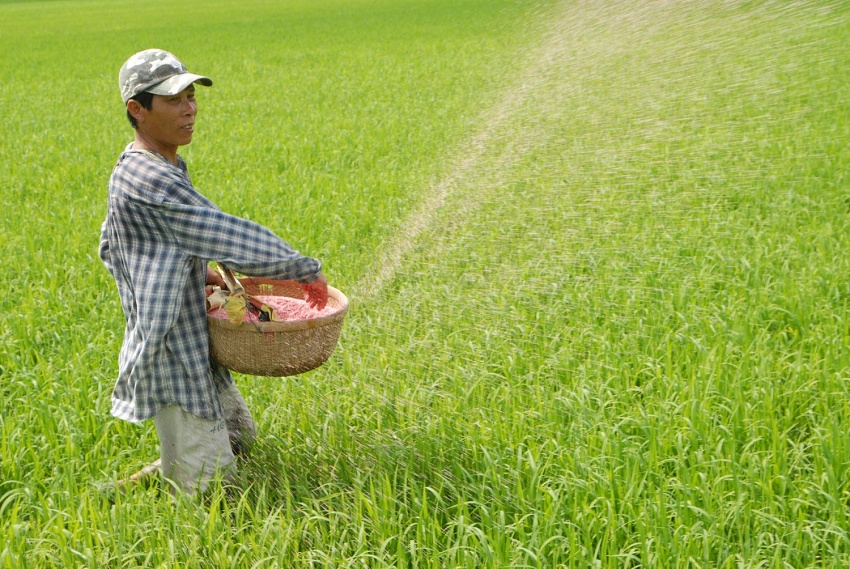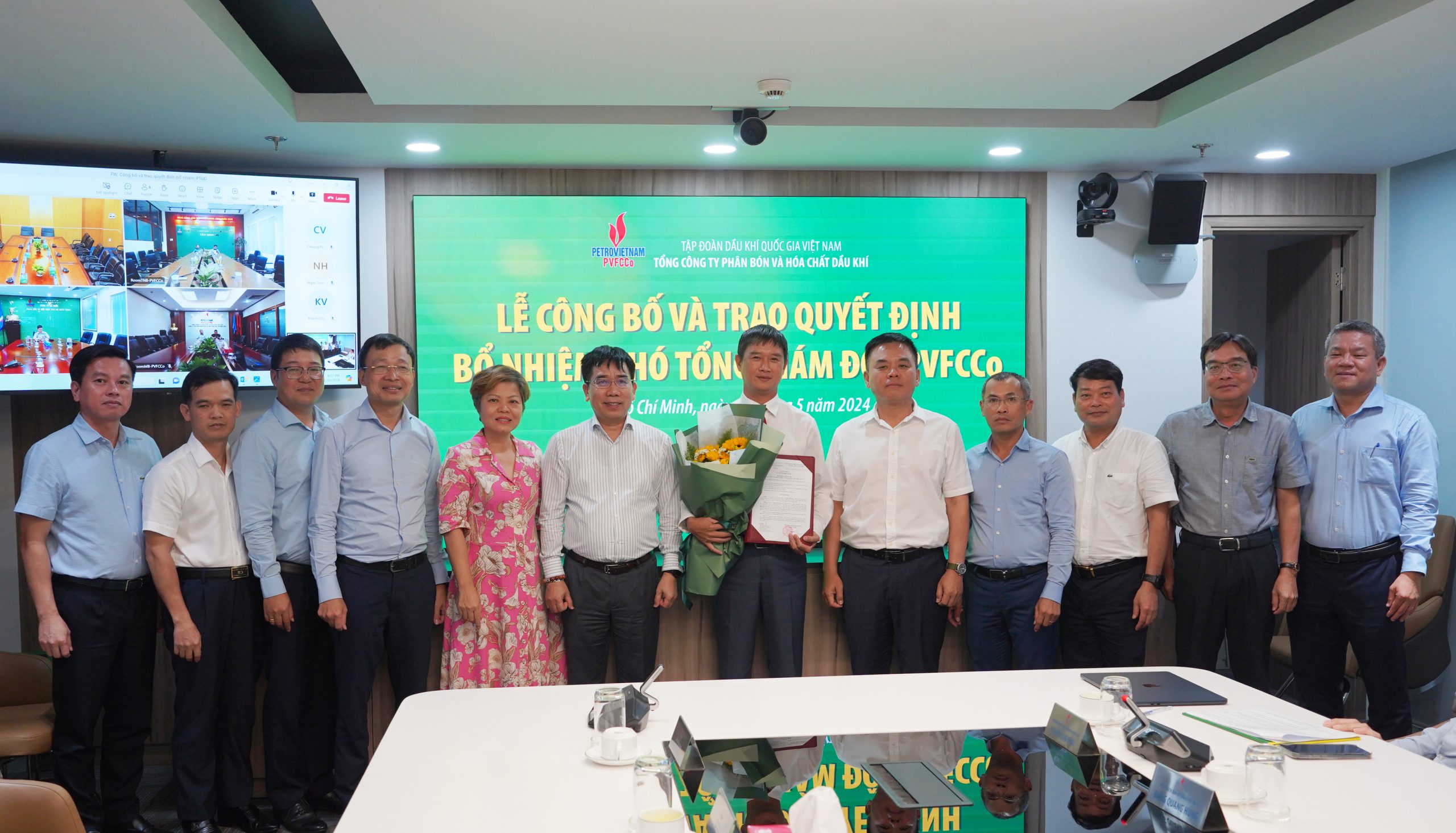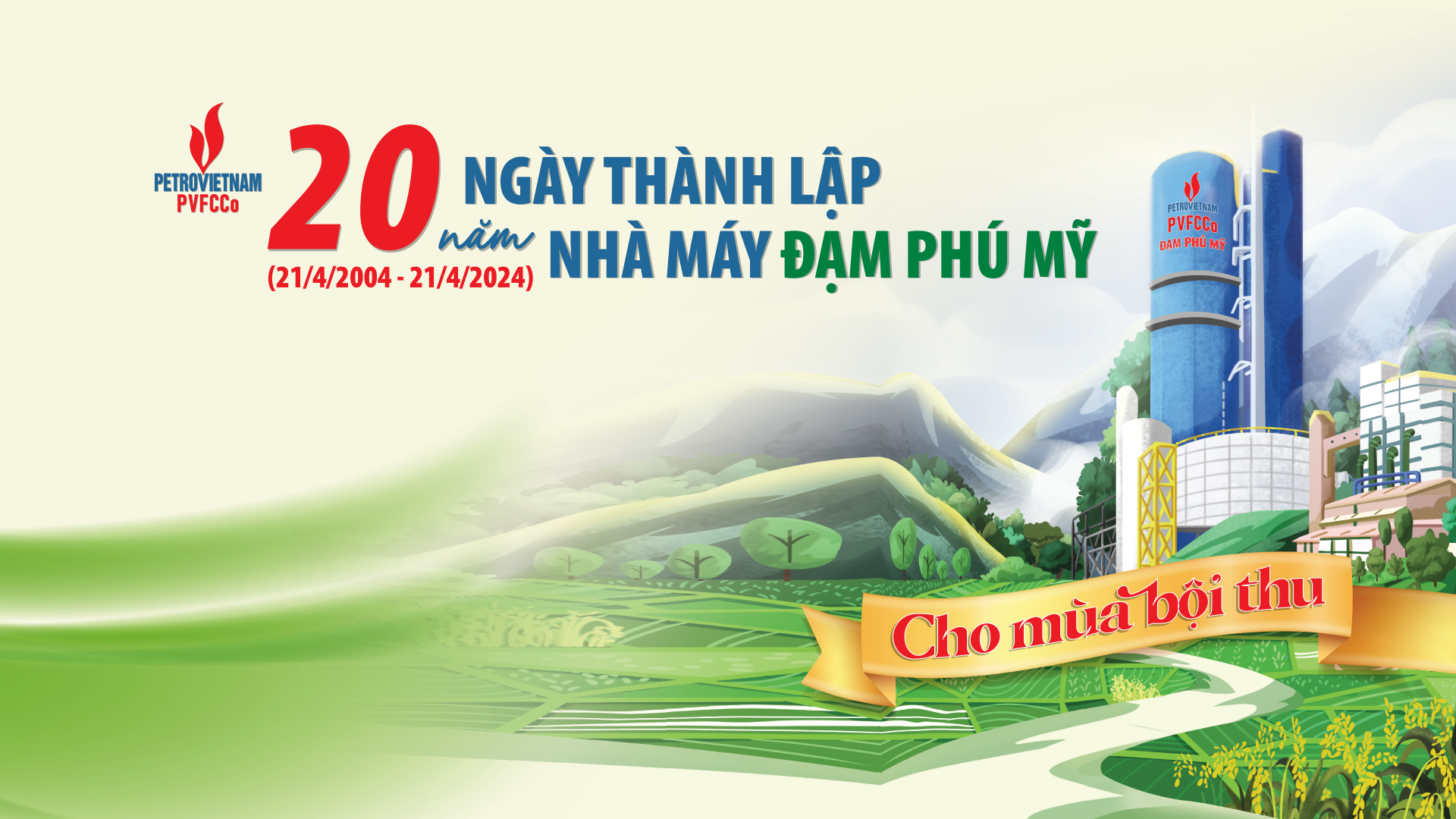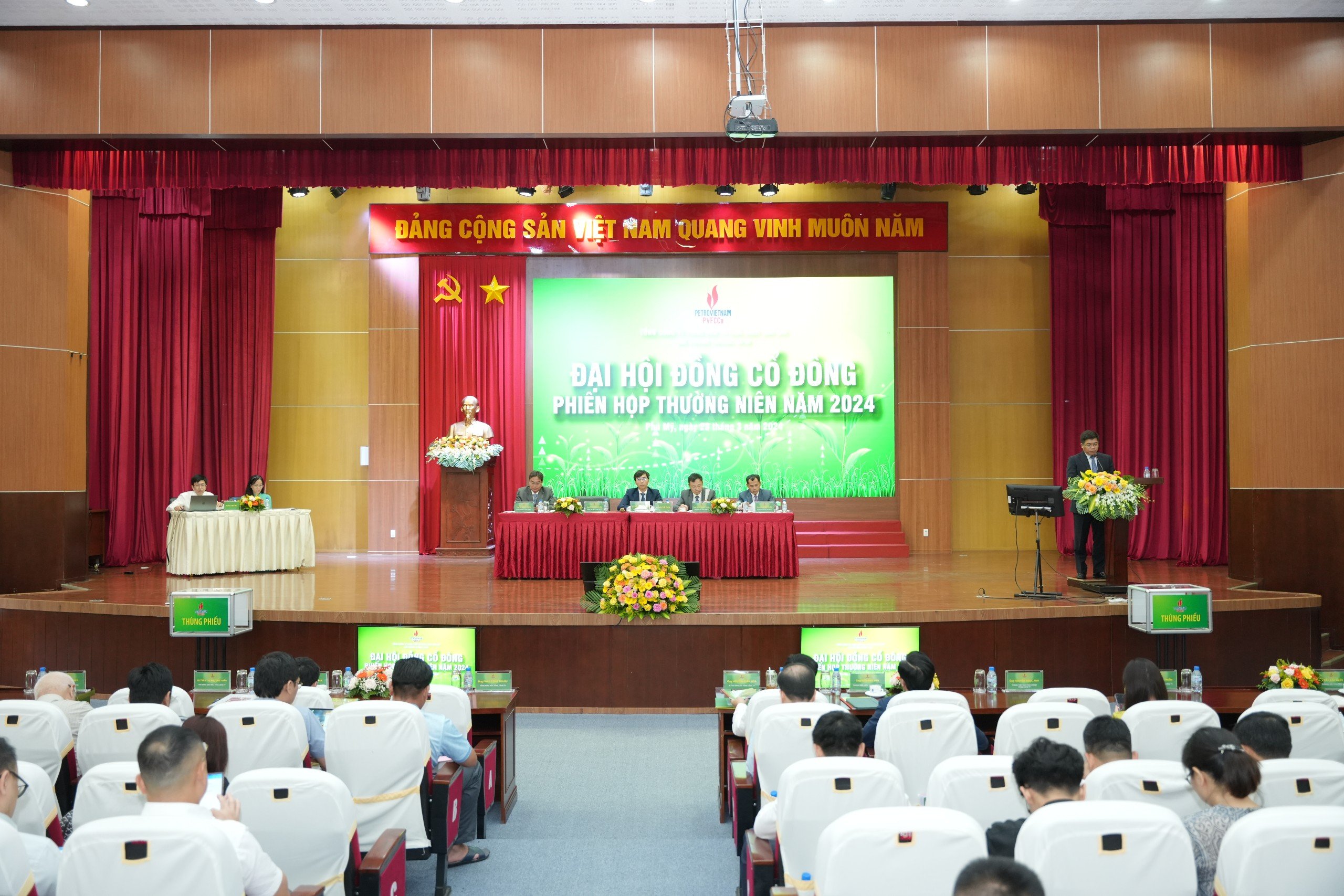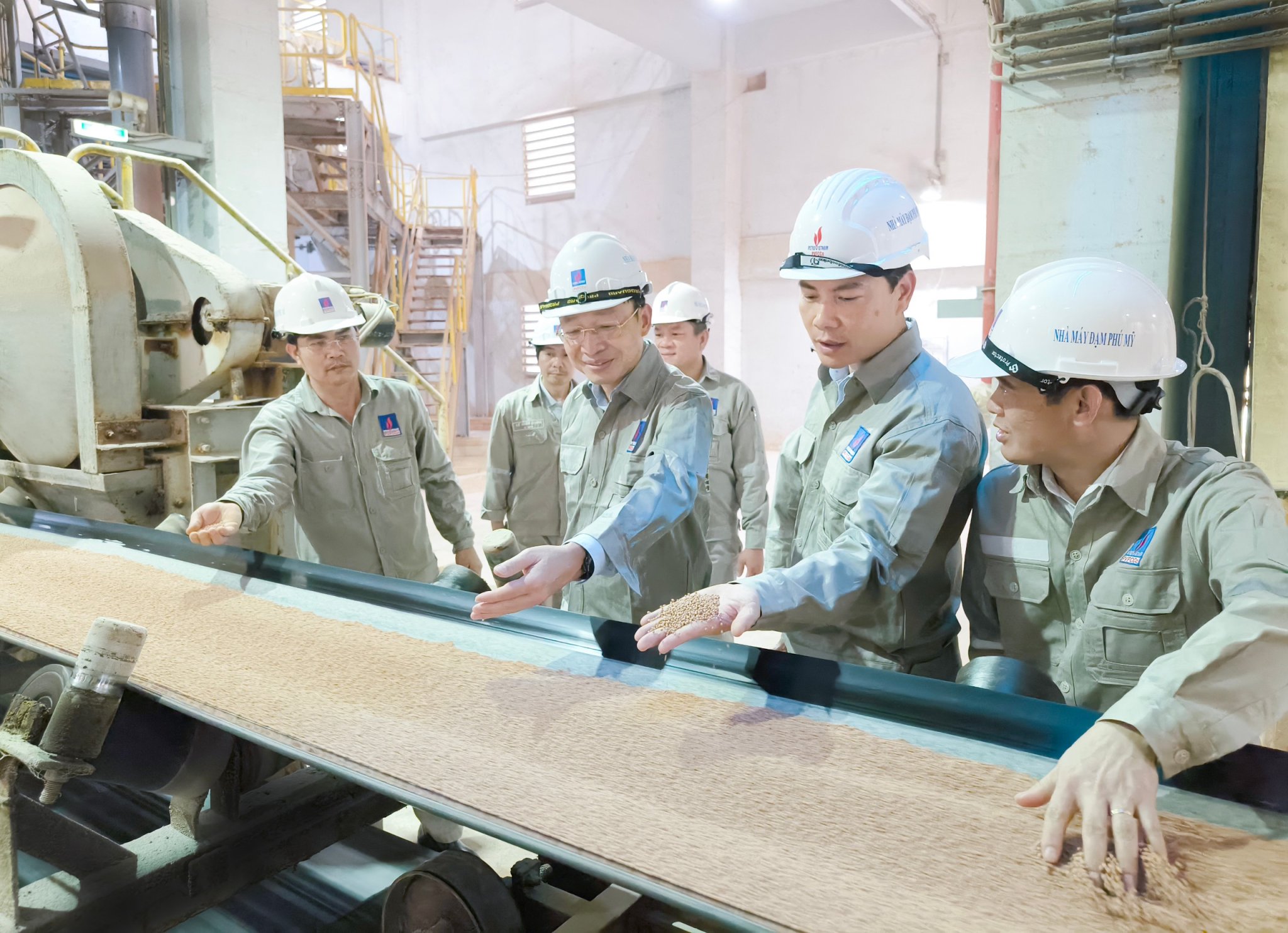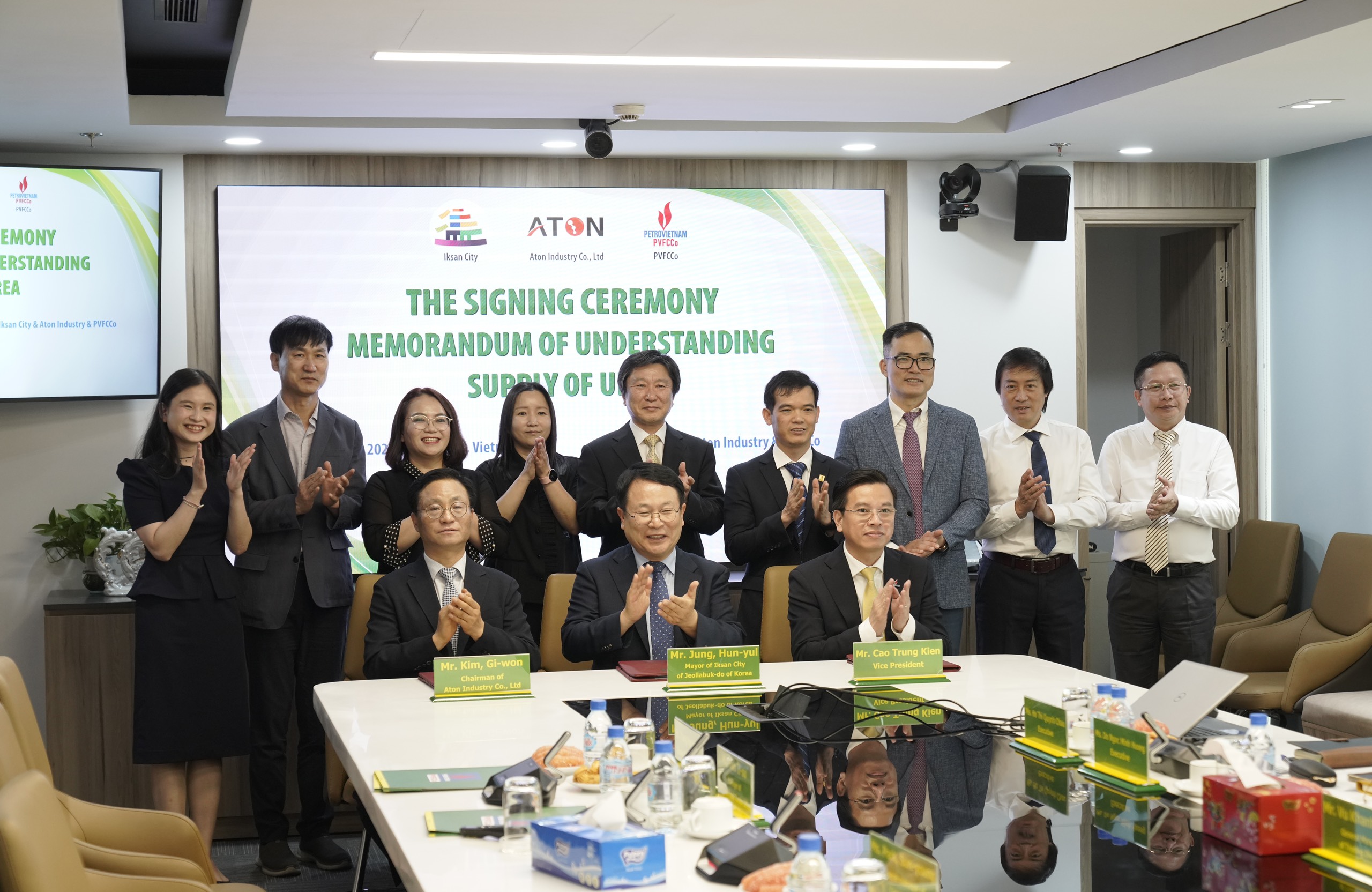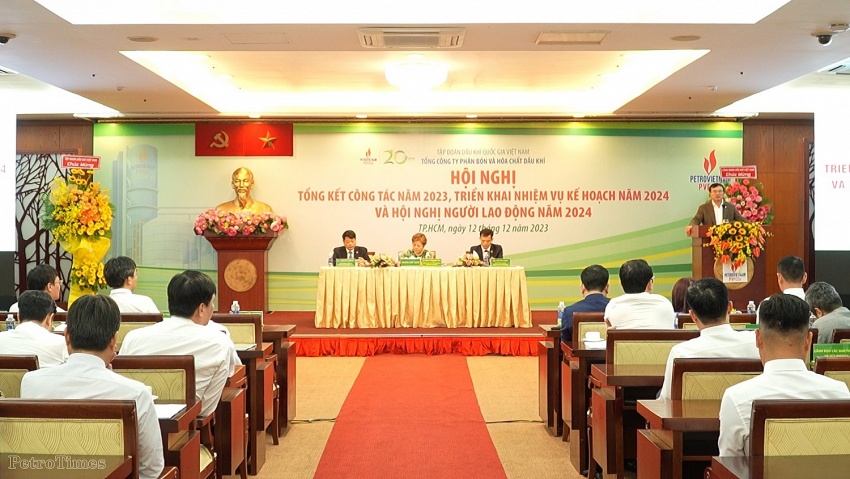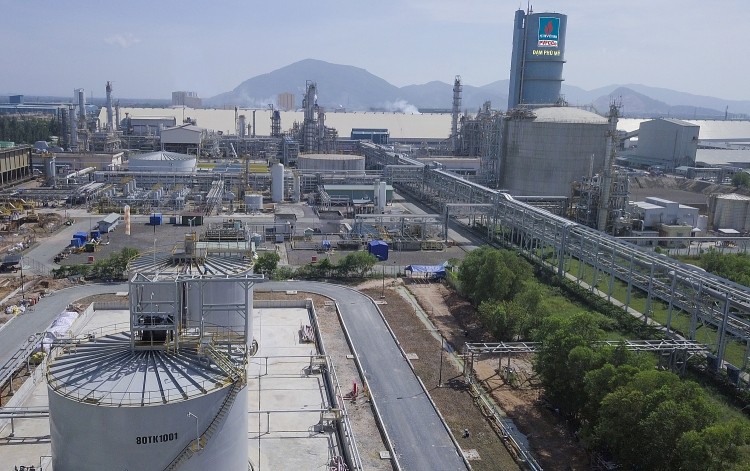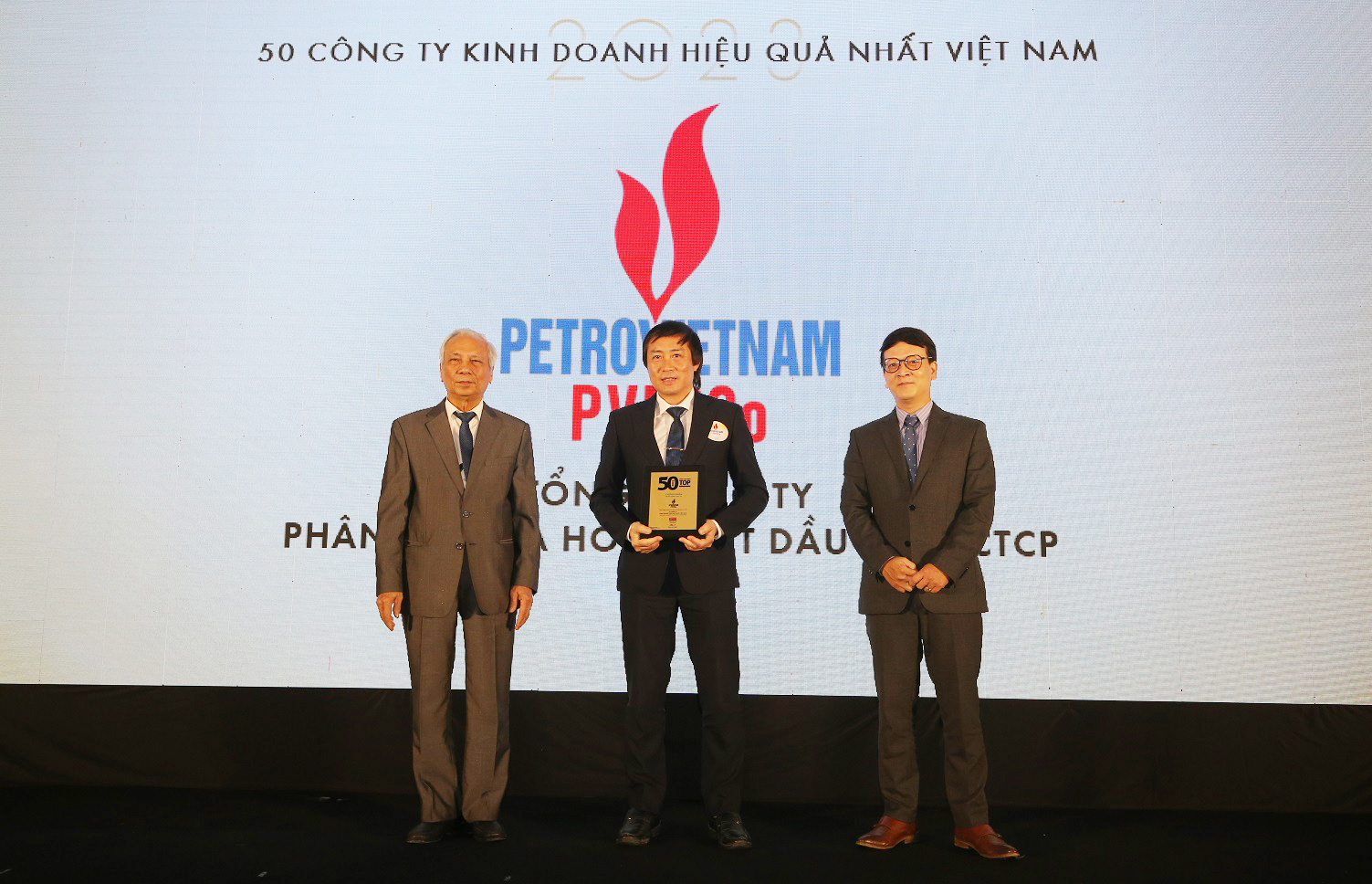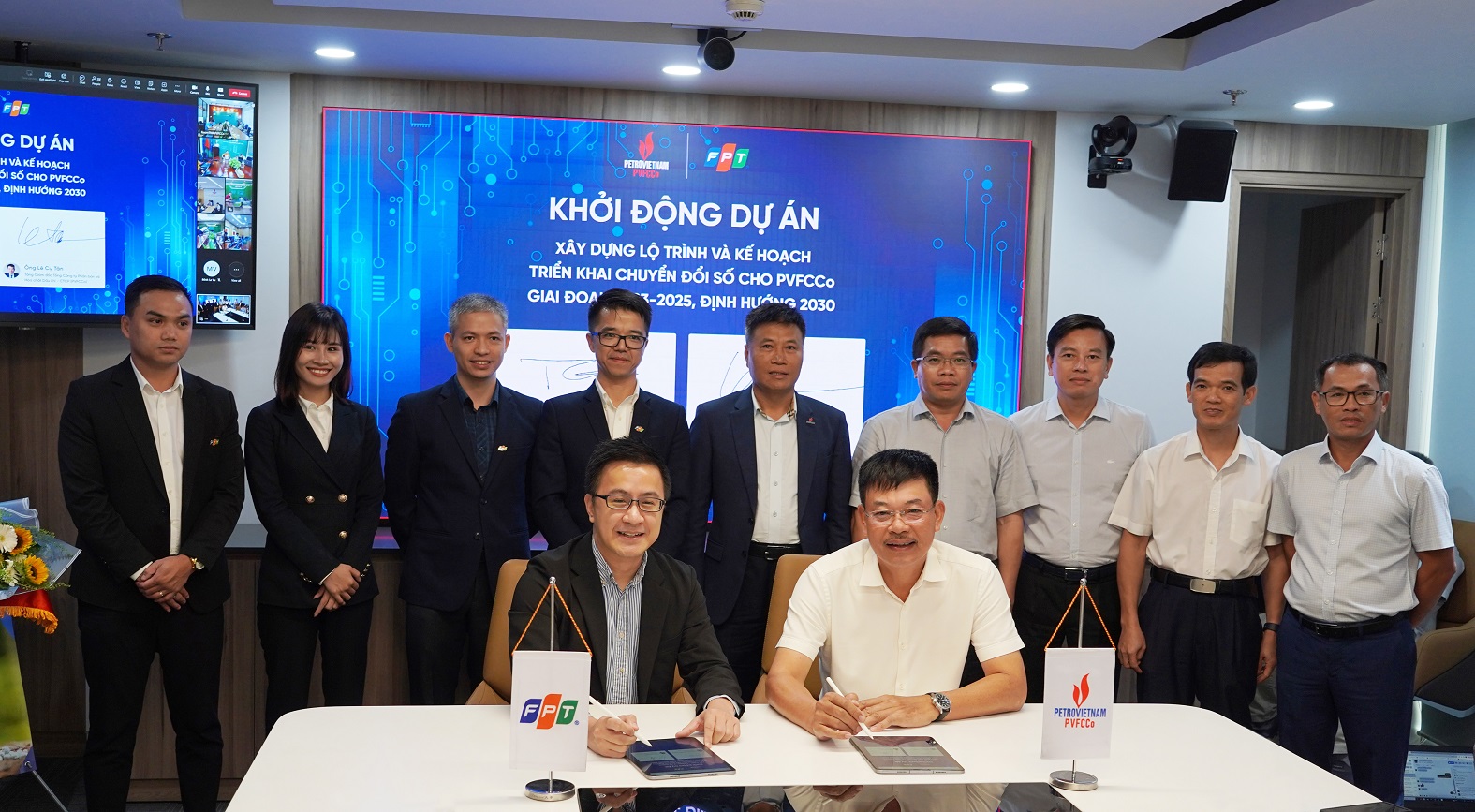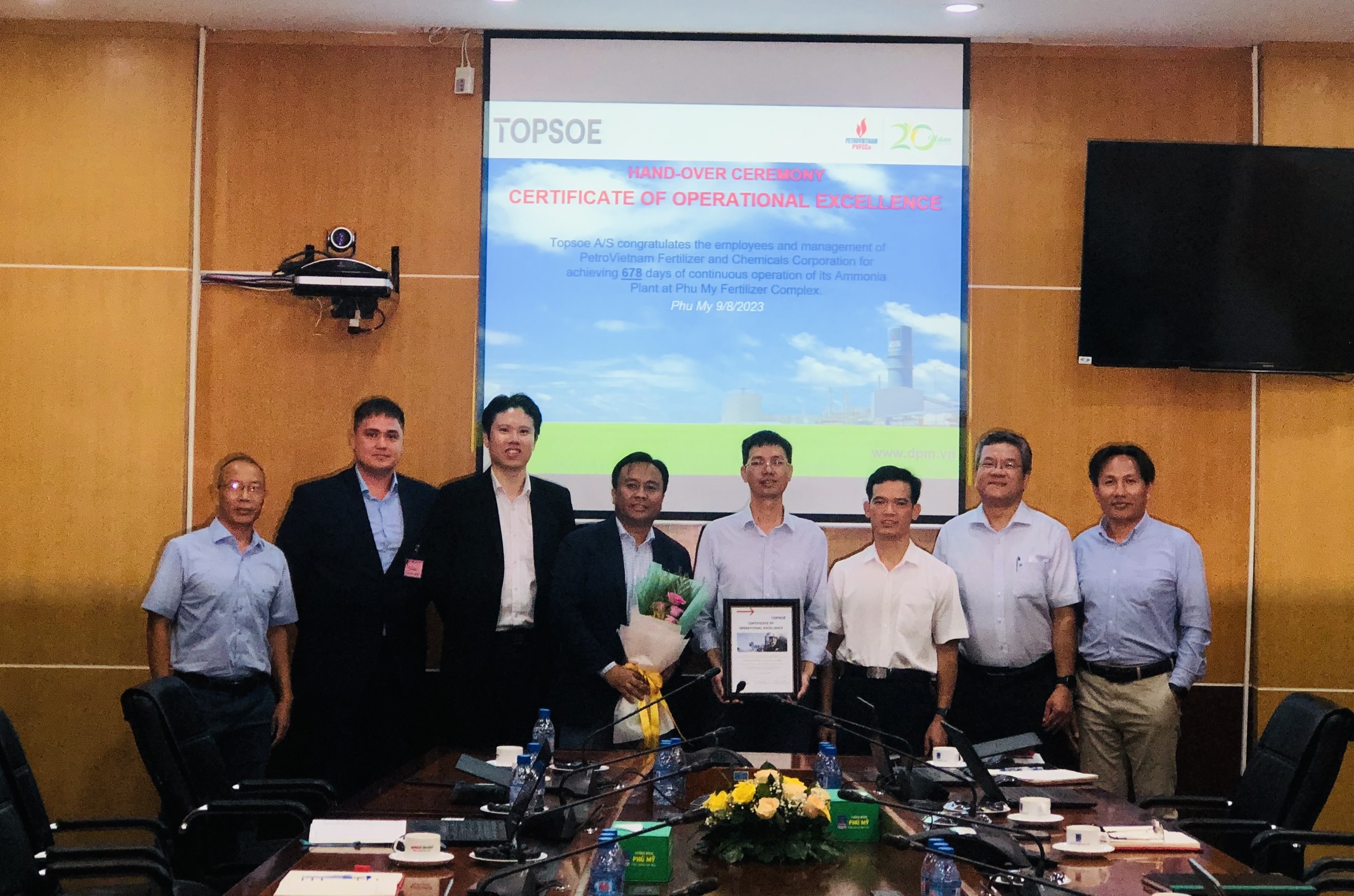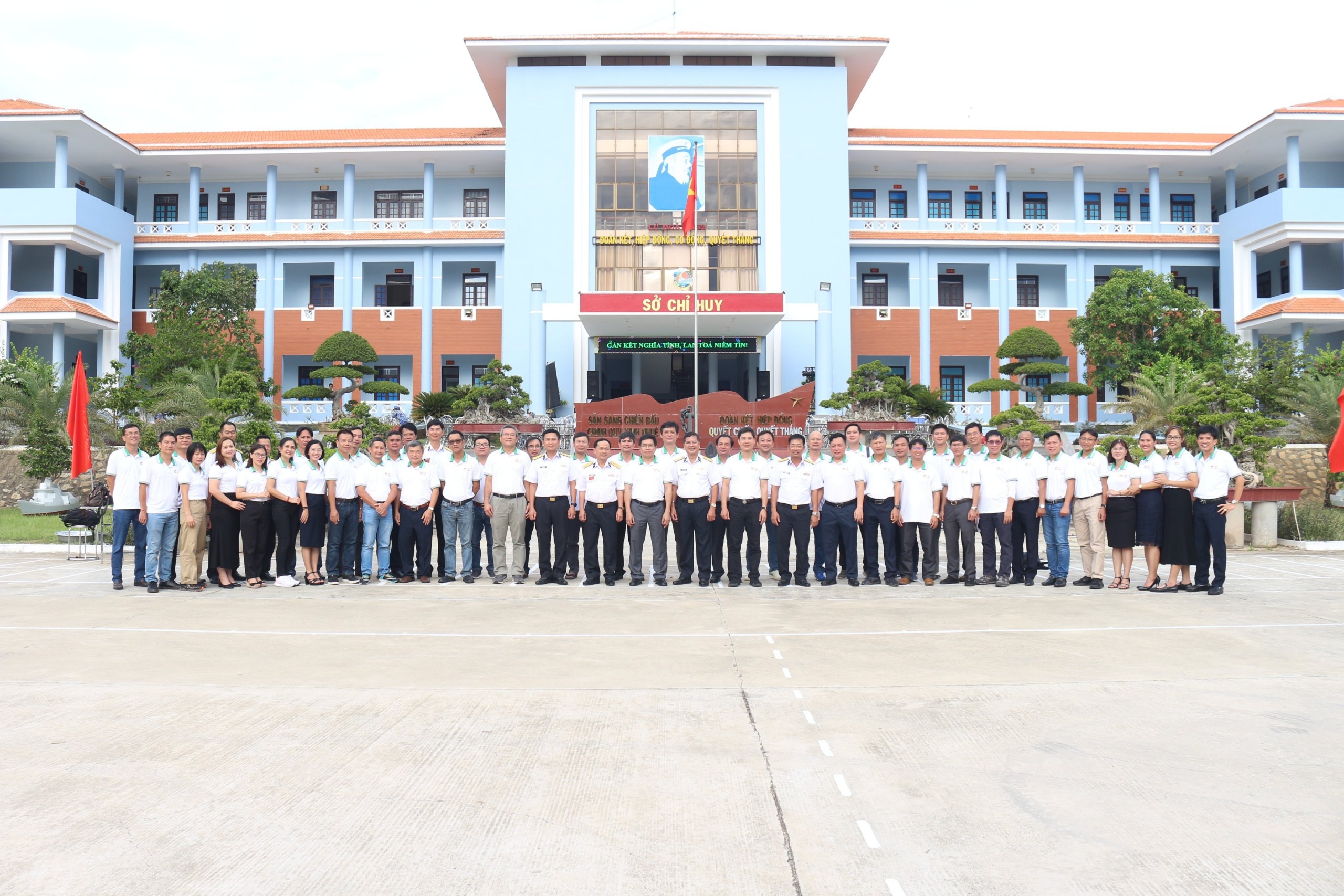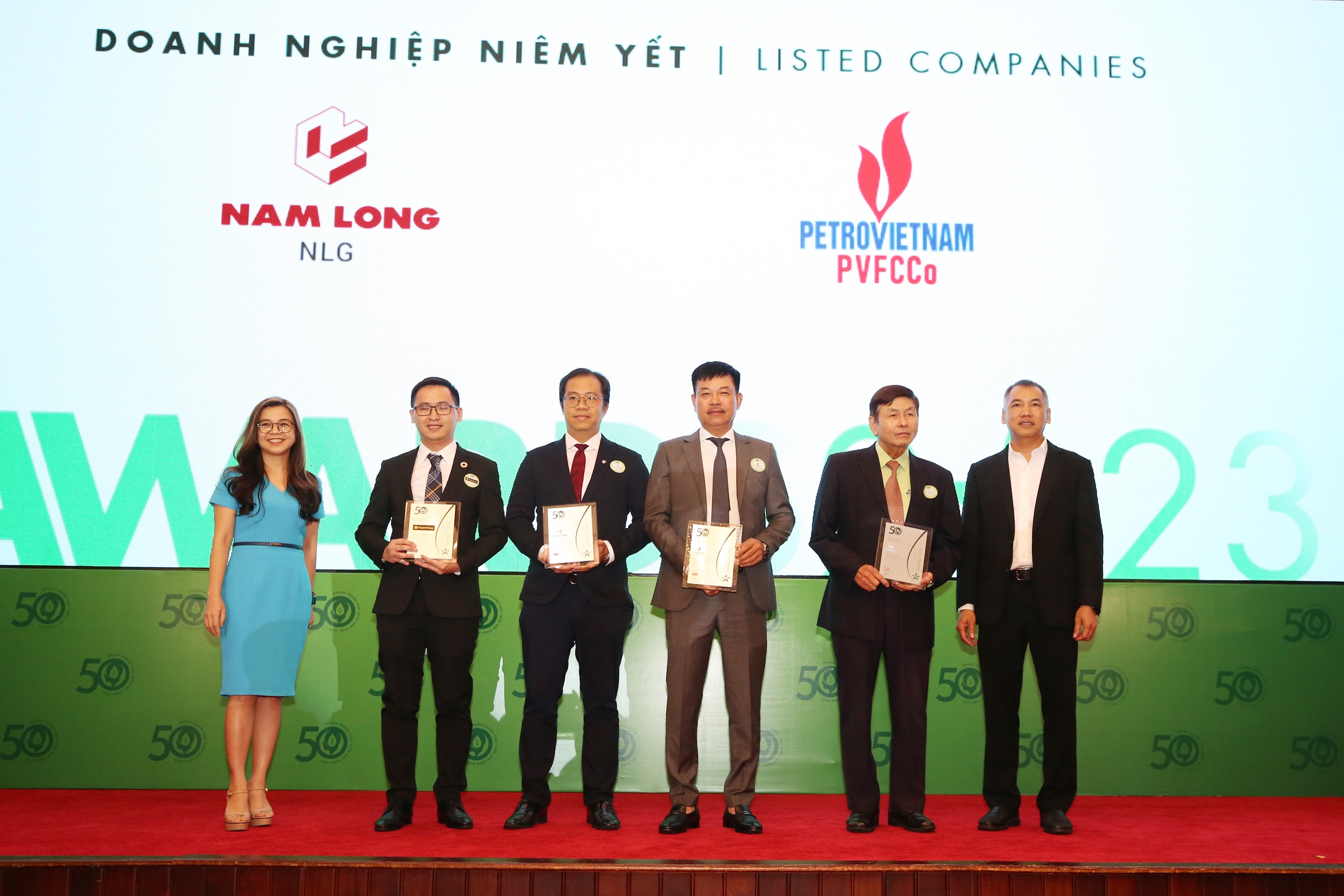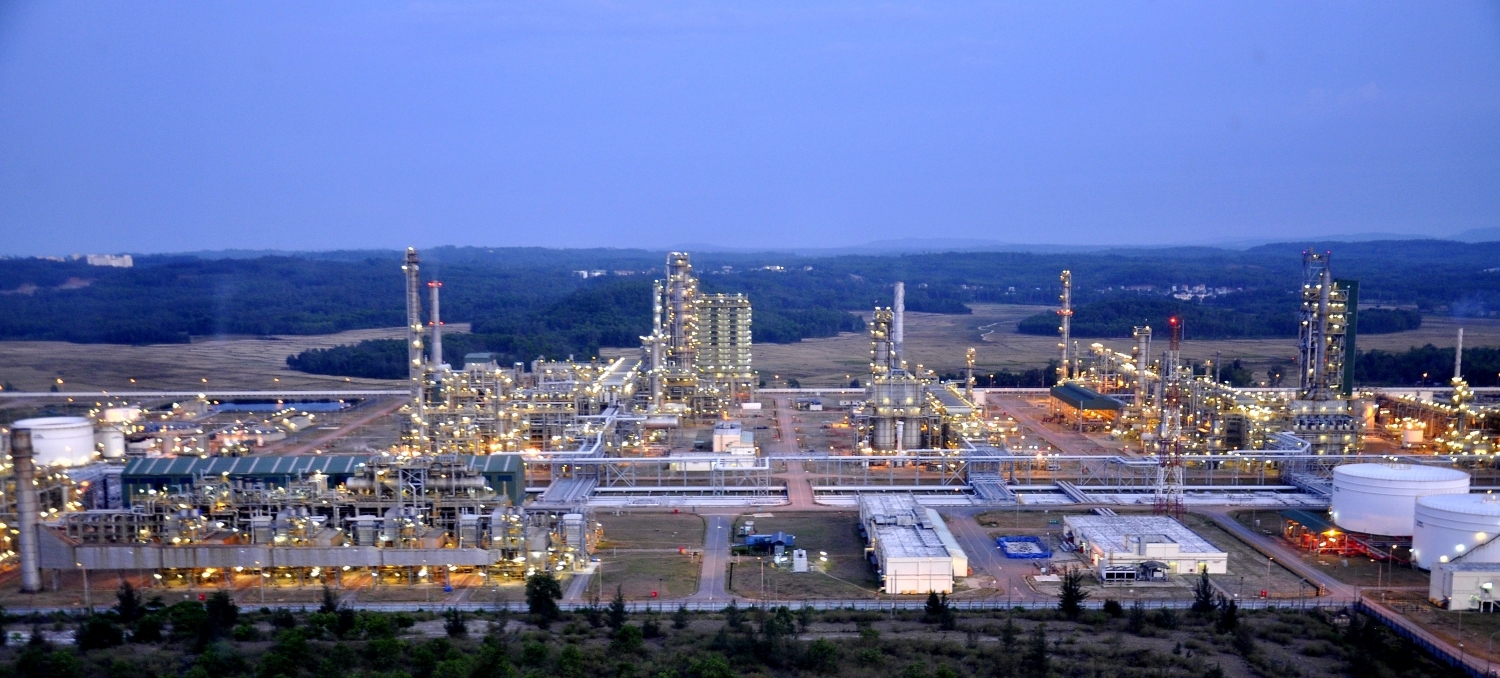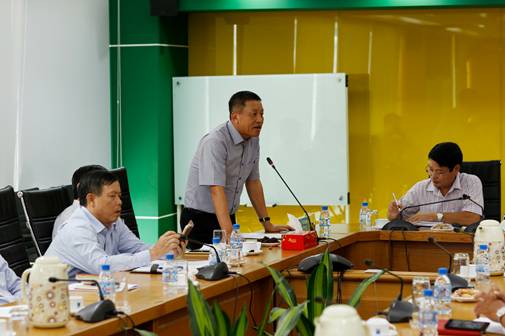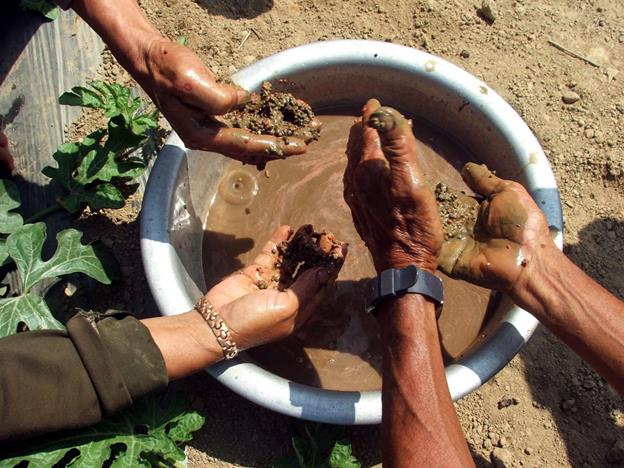VnEconomy News – Starting as a country substantially depending on urea imports, from 2012, Vietnam can be totally self-sufficient in this important fertilizer.
Especially, when new urea projects come into stable production in Quarter 4/2012 and NPK output has also far exceeded the necessary demand, businesses will have many opportunities to look for export.
The Fertilizer Association of Vietnam (FAV) has said that from 2012, Vietnam would become self-sufficient in urea, when the 800,000 ton per annum Ca Mau Fertilizer Plant of Petrovietnam and the 560,000 ton per annum Ninh Binh Fertilizer Plant of the Vietnam Chemical Group become operational, raising the total capacity to 2.36 million tons, double that of 2011.
Meanwhile, it is estimated that the demand for urea would be 1.8 million tons only in 2012. As such, Vietnam now can not only satisfy its demand, but also put an end to irregular fertilizer imports lasting over years. With the current production capacity, the supply may be higher by 560,000 tons per annum than the demand.
Accordingly, with surplus supply capacity, fertilizer manufacturers will have to look for ways to export to ease the domestic production. At some times previously, Vietnamese enterprises have exported urea, however that was because imported and domestic urea was stagnant due to the supply exceeding the demand, as a result, imported urea stockpiled had to be re-exported.
Now by the end of 2012, for the first time, Vietnam can become an exporter of urea churned out by domestic producers. This will not a one-time event but will last many years to come, because the domestic urea output keeps rising very rapidly.
The domestic urea output is forecast to exceed the 3 million ton threshold by 2015. The Ha Bac Fertilizer Plant is expanding the production to increase the capacity from 200,000 tons to 500,000 tons by 2015. Meanwhile, Cong Thanh Group is also considering making nitrate from coal dust with its 560,000 ton per annum plant located at Hai Yen Commune, Tinh Gia district of Thanh Hoa Province.
On the other hand, the domestic demand for urea in the coming years will stagger around 2 million tons per annum. As such, not until 2015 but right from the end of 2011, urea producers have started looking for export markets to ease the domestic competition and stabilize their production.
According to FAV, exporting fertilizer is an option open to domestic producers. However, in the export markets, Vietnamese fertilizer would have to compete fiercely with the products from China, Thailand, the Middle East and Russia. Therefore, apart from efforts of every fertilizer producer to upgrade production technology, improve quality, reduce cost to boost competitiveness, as well as prepare the branding strategy, the co-operation, association between enterprises in the same sector would be necessary to help them succeed in markets domestic and overseas.
Such association may be set up between enterprises in the same group or between different groups when the output product of an enterprise is the input product of another.
At the moment, African market shows great demand for fertilizers of various kinds. However, there are latent risks on the market, because banks in African countries do not ensure the payment. Therefore, if the Vietnam Government can sign the agreement on payment guaranteeing with the African governments, the export turnover to the markets would increase very rapidly.
According to FAV’s Secretary General Nguyen Dinh Hac Thuy, the fertilizer price much depends on the coal and gas prices, and the apatite prices as well, because these are the input materials and fuels for fertilizer production. Therefore, the fuel suppliers should apply reasonable policies on fuel prices, and the Ministry of Finance is advised to set up reasonable tax policies in order to facilitate fertilizer exporters.
According to the Ministry of Agriculture and Rural Development MARD, Vietnam would need some 9.8 million tons of fertilizer of different kinds in 2012. This includes 3.5 million tons of NPK, 2 million tons of urea, 1.8 million tons phosphate, 950,000 tons of DAP, 920,000 tons of potassium and 710,000 tons of SA.
Of these products, Vietnam will be self-sufficient in NPK, phosphate and urea by 2012. Meanwhile, as for DAP, the 330,000 ton Dinh Vu DAP Plant in Hai Phong City can only satisfy 35 percent of the total demand, while the other 65 percent will still be fed by imports. The Vietnam Chemical Group is speeding up the project on building a DAP plant in Lao Cai province which has the same capacity with the Dinh Vu’s plant.
As such, after some more years, the DAP imports would decrease significantly. Meanwhile, Vietnam will still to import 100% of the other two important fertilizers – SA and potassium, because no domestic plant can make these two kinds of products.
On the other hand, Vietnam now has everything needed to make ammoniac, the material for SA production. Meanwhile, if the project on exploiting and processing mine salt in Laos is implemented, Vietnam will be able to produce potassium for the domestic market.


